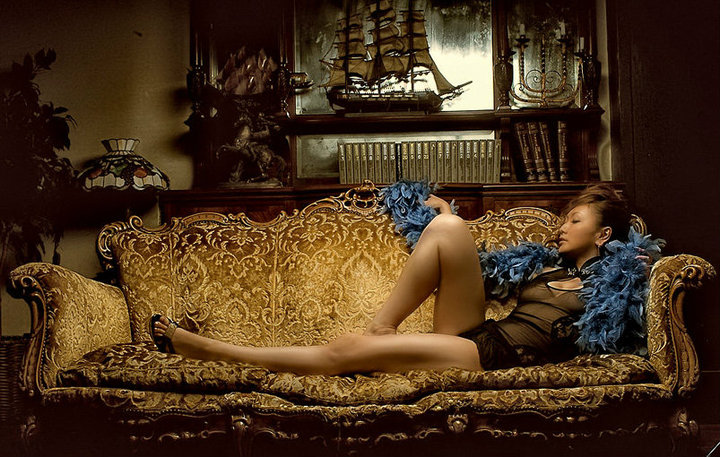Blood Diamond, a new film starring Leonardo DiCaprio and Jennifer Connelly, is set to open in December. Blood Diamond is set in the 1990’s in the midst of the civil war in Sierra Leone. During this war, diamonds were sold by rebels in an unethical manner to raise money to fund war efforts. The movie centers around a South African mercenary named Danny Archer, played by DiCaprio. He meets a Mende farmer named Solomon Vandy (played by Djimon Hounsou). He learns that Vandy, who was forced to work in the diamond fields, has found and hidden a valuable rare rough pink diamond. Along with an American journalist, played by Connelly, the trio must go through rebel territory in attempt to save Vandy’s family.
The film, produced by Warner Bros. Pictures, is already being considered as one of the top contenders to receive an Oscar for Best Picture. In addition, DiCaprio is said to give the performance of his career in Blood Diamond and is being talked about for a Best Actor Oscar nomination.
In addition to the Oscar Buzz, Blood Diamond has been the source of much discussion and controversy, particularly among those in the diamond industry. Diamond sellers are worried that the images of DiCaprio as a diamond smuggler and the trade of conflict diamonds will make Christmas shoppers wary of purchasing a diamond during what is typically a busy time for jewelers. Many in the diamond industry are worried that the general public will come away with a negative impression of the diamond market, without realizing that many things have changed since the time in which the movie is set. In a large part due to the conflicts which are portrayed in the film, the Kimberley process was created to insure that the use of conflict diamonds was virtually eliminated.

Blood Diamond opens December 8th in the United States. It is directed by Edward Zwick and is rated R.








 2011 All Rights Reserved
2011 All Rights Reserved